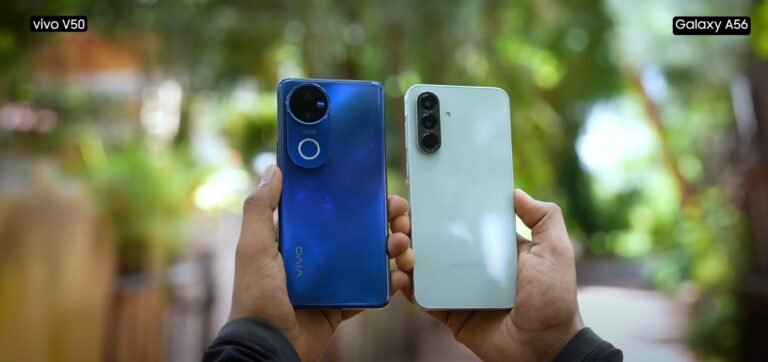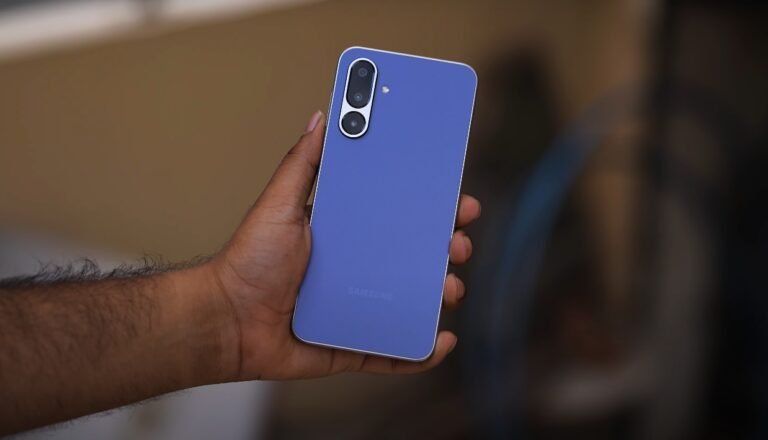Redmi 15 vs Samsung Galaxy S older model: value proposition

Can a new budget phone beat an old flagship?
The Redmi 15 and older Samsung Galaxy S models, such as the Galaxy S21 or S20, represent two different philosophies in smartphone design. One focuses on delivering the best possible value in the budget segment, while the other offers once-premium features that still hold up years later. For UK buyers, the question is simple — should you buy a brand-new Redmi 15 or invest in an older Galaxy S flagship that has dropped in price?
The Redmi 15 enters the market as a strong contender in the mid-range category, offering a 6.9-inch 144Hz display, a massive 7,000 mAh battery, and a Snapdragon 6s Gen 3 processor. It’s a phone built for endurance and everyday usability, aimed at those who value practicality and longevity. Despite its affordable price, it brings modern design, 5G capability (in some variants), and Xiaomi’s latest HyperOS software based on Android 14.
By comparison, older Samsung Galaxy S models like the S21 and S20 were once flagships and continue to deliver exceptional performance. They feature high-quality AMOLED displays, IP-rated designs, superior camera systems, and refined build quality. While they lack the oversized battery or ultra-high refresh rate of the Redmi 15, they excel in areas that define premium devices — particularly display calibration, camera consistency, and overall finish.

Performance is one of the clearest distinctions between the two. The Redmi 15’s Snapdragon 6s Gen 3 is a solid mid-range processor optimised for power efficiency and daily smoothness. It’s designed to handle multitasking, streaming, and gaming comfortably but isn’t intended for heavy-duty processing. The Galaxy S21’s Exynos 2100 or Snapdragon 888 chip, though older, remains significantly more powerful. In benchmarks and real-world use, it handles demanding games and editing tasks better, showing the lasting strength of older flagship silicon.
Battery life, however, is where the Redmi 15 pulls ahead. Its 7,000 mAh cell easily outlasts the S21’s 4,000 mAh battery by a wide margin. Even with its large screen and high refresh rate, the Redmi can deliver up to two days of moderate use, while the Samsung typically needs daily charging. For users prioritising endurance and less frequent charging, the Redmi’s efficiency makes it a clear winner.
Camera quality still tilts in Samsung’s favour. The Galaxy S-series has long been known for superior image processing, optical image stabilisation, and more consistent low-light performance. The Redmi 15’s 50MP main sensor performs well in daylight but lacks the depth and dynamic range of Samsung’s older flagship cameras. Users who care about photography quality, particularly for travel or night shots, will likely prefer the Galaxy S experience.
Software updates and support are another major consideration. Samsung offers extended Android and security updates for its flagship devices, even older ones, often covering four to five years. Redmi’s update promise for the 15 includes two major Android upgrades and four years of security patches. While respectable for a budget phone, it doesn’t match Samsung’s longer-term commitment, making the Galaxy S series more appealing for users planning to keep their phone for several years.
In terms of design, the Redmi 15 features a modern aesthetic with bold colour options like Titan Grey and Sandy Purple, alongside a lightweight matte finish. The Galaxy S21 retains its premium glass-and-metal feel, compact form factor, and water resistance — qualities that still outclass most budget phones. While the Redmi 15 feels solid, it’s built from plastic and lacks the premium touch of an older flagship.
Price remains the deciding factor for many buyers. The Redmi 15’s base model, priced around £159, delivers immense value with modern features, long battery life, and reliable performance. Older Galaxy S models, now available between £250 and £350 for refurbished or lightly used units, still justify their price for users prioritising brand trust, camera excellence, and overall refinement.
Ultimately, your choice depends on what matters more. The Redmi 15 offers unbeatable value, modern specs, and incredible endurance for everyday users who want a worry-free device. The older Galaxy S models, though pricier, deliver superior camera performance, build quality, and software longevity. For UK buyers seeking a dependable daily phone on a budget, the Redmi 15 makes more sense. But if you crave a flagship experience and don’t mind a slightly older design, the Samsung Galaxy S still holds the edge in premium feel and performance.






